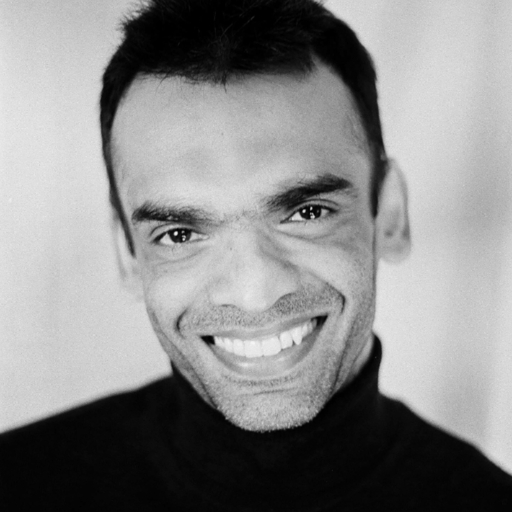Indigenous wisdom and the fight to save Senegal's mangroves
Why It Matters
Kawawana underscores the power of Indigenous conservation while exposing the complex challenges communities confront. There’s an inherent tension in "protection": securing resources for one group can unintentionally inflict hardship on others.

The peaceful afternoon on the Casamance River exploded into action as the surveillance boats motored through mangrove forests in Senegal’s lush, green south.
Members of Kawawana’s conservation team were aboard, and they were arresting interlopers – two young men fishing illegally.
The supervisors immediately surrounded a small fishing boat in the middle of the river. Along with state police, they climbed onto the boat, where the men quickly complied.
Fishing during that hour is banned in Kawawana, an Indigenous conservation area, or Aire et territoire du Patrimoine Autochtone Communautaire (APAC).
The supervisors and police also discovered the boat was unregistered – another infraction.
Once the police retrieved the fishing nets, they inspected whether the men were using unauthorized nets.
The story is common in Kawawana, where the conservation team patrols an area stretching nearly 20,000 hectares of river and forest.
The origins of Kawawana
Kawawana comes from the Djola expression “kapooye wafolal wata nanang,” meaning “our patrimony, for us all to preserve.”
As the name suggests, the APAC was founded in 2008 to protect the mangroves and aquatic habitats that depend on the forest ecosystem. It includes eight member villages in Casamance’s Ziguinchor region.
Because of unregulated fishing, fish, crustacea, and oyster stocks had fallen over the years. “That’s when we got together and came up with a solution,” said Bassirou Diatta, the president of Kawawana, speaking in French.
“Everyone used the mesh they wanted,” said Diatta, alluding to the widespread use of fine polyester nets that capture small fish, crabs and shrimps and severely damage their reproduction cycle.
Meanwhile, the mangroves were being indiscriminately cut to make charcoal and wood for construction in surrounding villages. The fish rely on the mangrove forests to lay their eggs, said Diatta.
“We saw that if we don’t act quickly to protect the forest, we’ll be in a dire situation.”

Mangroves are also a barrier against rising sea levels threatening the region’s rice farms.
“If we lose the mangroves, we risk sinking further,” Diatta said.
Two years after its founding, the government of Senegal officially recognized Kawawana, allowing the APAC the statutory right to manage the coast area within its boundary. The devolution of power was the first instance of a local community being given such rights in the country.
Across the sea, Canadians are supporting Kawawana’s work, thanks to the Quebec-based Société de coopération pour le développement international (SOCODEVI) as part of its Natur’ELLES project to assist Senegal’s vulnerable mangrove communities.
Myth meets conservation
Kawawana protects the area under its management through three levels of zoning.
Outsiders can fish in the yellow zone, provided their methods don’t harm the environment. This includes regulated nets, noise reduction to prevent the fish from being disturbed, and other protective measures.
Next is the orange zone, which is exclusively for locals. They must follow the same regulations as outsiders and must also sell their produce at the local market, ensuring food security for the villages.
The third zone, red, is where fishing and cutting wood are prohibited.
A red zone is not simply an administrative affair. The interdiction of fishing and wood cutting is deeply tied with the notion of the sacred in the culture of the Djola, the indigenous people of Casamance.
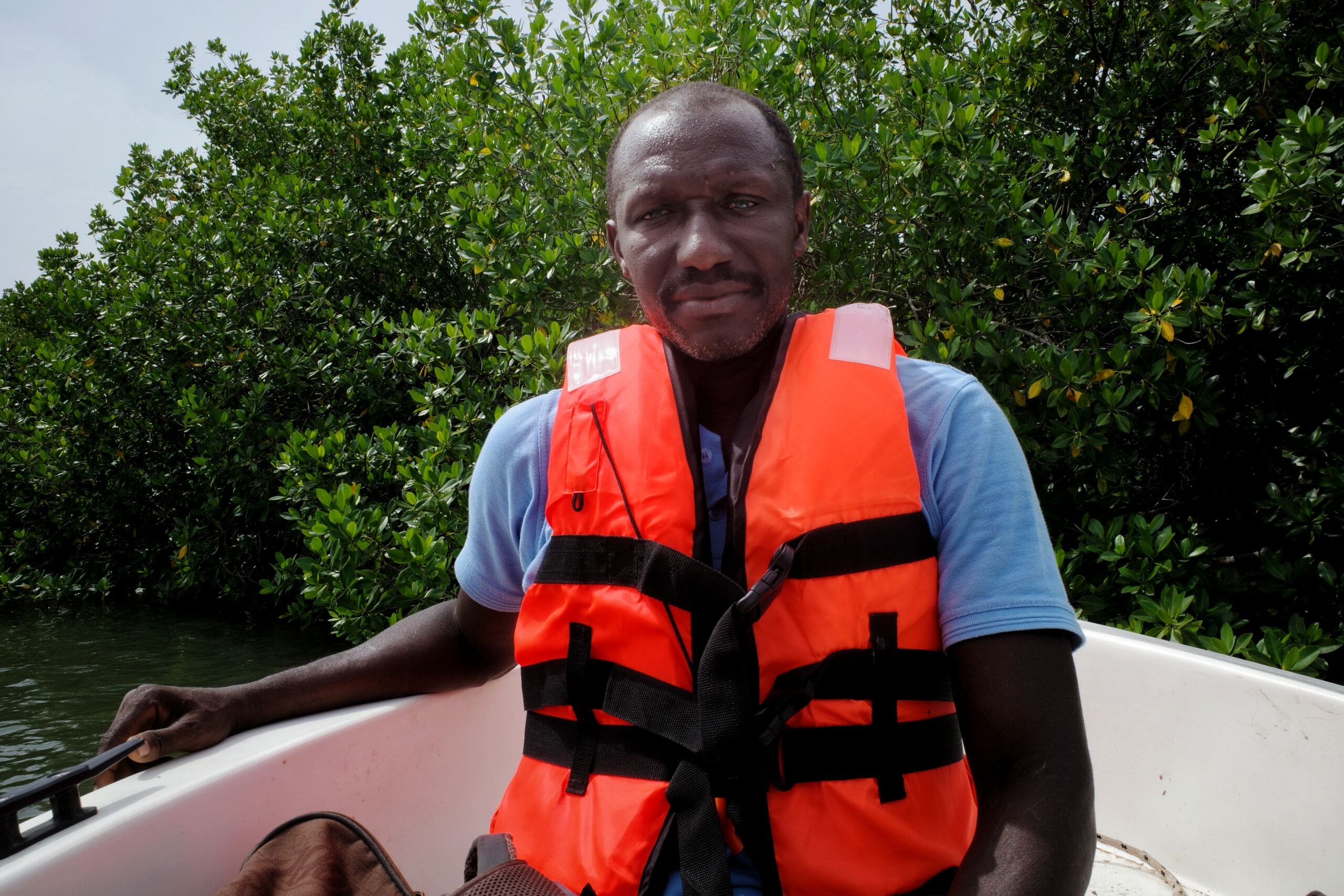
The prohibited zones are called bolon.
“In our great-grandparents’ time, they used to say that if you go inside, you’ll find people talking, but you can’t see them. You hear voices but don’t see those people talking,” Diatta explained.
“So, these things are sacred. We are obliged to protect the myths.”
A bolon is both a heritage and economic resource.
“We protect it because it’s our heritage. Even if it wasn’t our heritage, everyone here must protect it. If the environment isn’t protected, our lives will be threatened,” Diatta said.
The protection of the bolon is, therefore, passed on from generation to generation, said Diatta.
“[When] we leave, our sons will take over to protect this area because it’s an area their parents protect well,” he added.
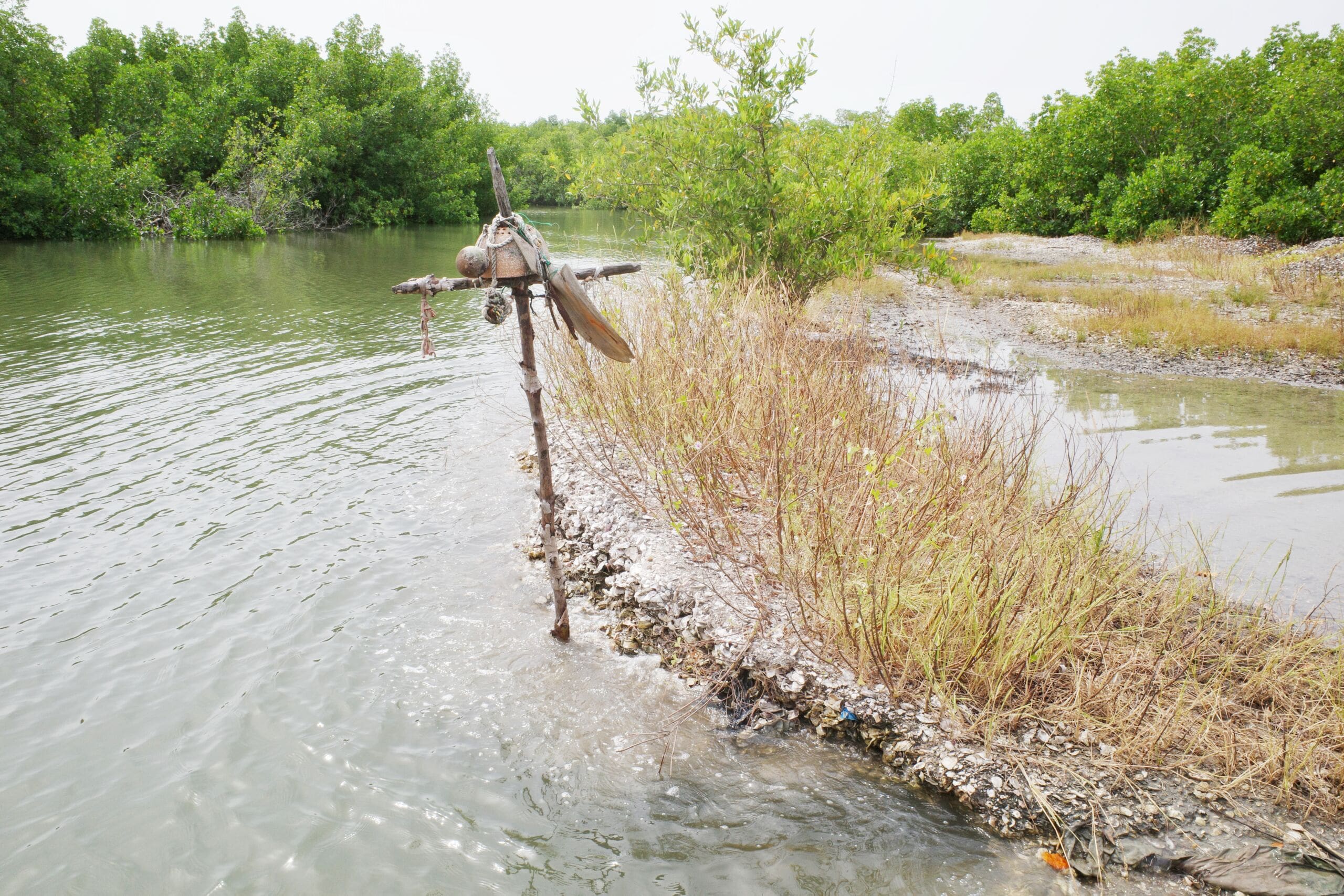
Cultural artifacts mark a bolon’s entry point, signalling to fishermen to go no further. “It’s a typically African sign,” Diatta said, made by local women.
Some may call it sorcery, but Diatta said their heritage deserves respect. He noted that he respects his forebearers’ myths more than he fears prison.
He said people can get sick if they don’t observe customs, and such illnesses are not easy to cure.
“It’s a mystical case. You’re not going to see the spirit. You can’t see it with the naked eye, but it gets into your body. It’s difficult to get it out. So I’d rather respect that than do anything else,” Diatta said.
The rewards of conservation
The efforts by Kawawana’s members have had a positive effect.
“You see the state of mangroves today,” Diatta said, pointing to the healthy surrounding forest.
“Previously, people used to cut it however they wanted,” he explained.
Kawawana’s work includes replanting parts of the forest lost due to the rising sea level. As part of SOCODEVI’s project, a species of mangrove adaptable to saline water was planted mid-last year. The community hopes to see positive results when the trees grow in three to four years.

According to data collected by an APAC registry funded by the United Nations and other international organizations, the region’s fishermen reported an exponential increase in catch a few years after the creation of Kawawana. The monitoring body also reported that scientific data confirmed a doubling of the catch.
Diatta said the increase has helped the villages provide more nutritious food to the residents.
Additionally, it has helped children afford schooling and other necessities, Diatta added. “We see young boys manage to catch fish to at least pay for their school fees. That’s a very good thing,” he said.
This micro-level fishing is done via angling, a basic line fishing method that involves a rod or a stick. Being able to fish without needing nets is a sign of abundant catch.
The need for support
Despite their success, Kawawana members would like more support. The 25 supervisors who patrol the river and the forest work as volunteers. Diatta said that a healthy ecosystem is the only recompense they get.
“We’d like the work to motivate the supervisors more. Natural resources are in everyone’s interest. The volunteers deserve to be helped [financially],” he said.
The APAC has just three boats to cover the vast area, and the fuel for the boats is expensive. The patrolling stations also require an upgrade, and the APAC needs more infrastructure support, said Diatta.
Conflict on the water
The interaction earlier in the day between the two young fishermen, the police, and Kawawana remained peaceful.
However, the relationship between APACs and other fishermen is underscored by a deep conflict that has led to violence.
In 2023, fishermen from Mboro near the capital, Dakar, attacked members of the Kayar APAC, resulting in one death and several serious injuries. The violence erupted in response to Kayar members confiscating and burning illegal fishing nets used in their APAC by Mboro fishermen.
The incident exemplifies the broader tension in Senegal’s fishing industry, which has long been the primary protein source in people’s diets. More than 600,000 Senegalese work in fishing, contributing to almost two per cent of the country’s GDP and a significant portion of its export revenue.


Siddi, a Kawawana volunteer and coordinator of his village’s Conseils Locaux de Pêche Artisanale, explained the source of the conflict.
“Industrial fishing is taking the place of artisanal and small-scale fishing,” he said, speaking in French while sitting at a patrolling station on a small island in the middle of the Casamance River.
Industrial fishing refers to large trawlers, mainly from the European Union and Asia, to which the government of Senegal has granted permission to fish in its Exclusive Economic Zone (EEZ).
African countries first permitted European boats in 1979, and the agreement, now called the Sustainable Fisheries Partnership Agreement (SFPA), is renewed every five years. The EU currently has 11 SFPAs in Africa.
Russia, China, and Turkey are recent entries.
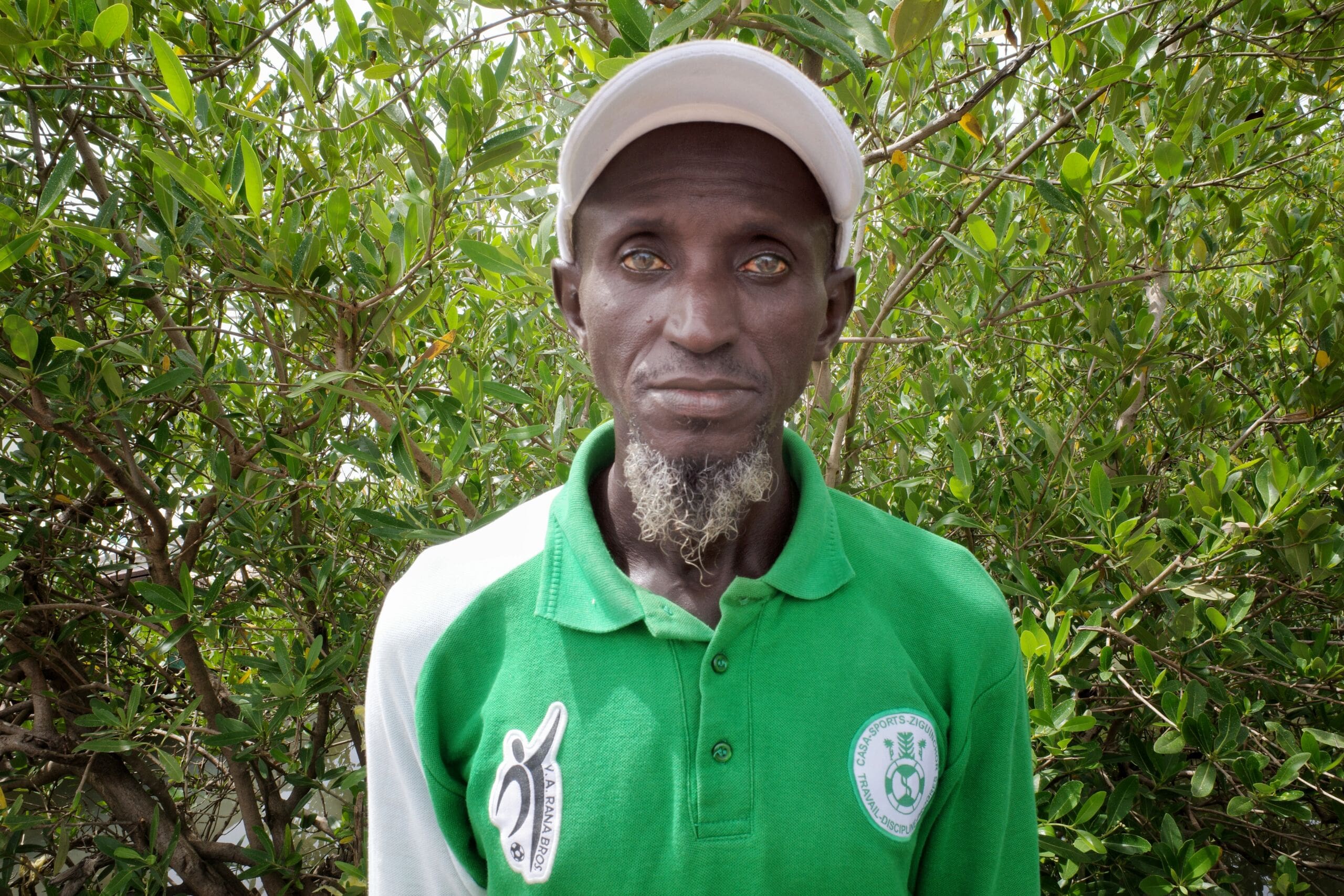
Between 2015 and 2020, the EU and its fishing companies paid 124 million euros in access fees to the African countries. An additional 27 million euros were paid to support the local fishing industries.
However, the amount that European companies earn in the market is exponentially higher than what the countries from which fish are taken receive. In 2019, Senegal was paid $90 per tonne of tuna, whereas the catch was sold at $1,687 at the first sale internationally.
Senegalese fishermen are highly critical of industrial fishing, holding it responsible for their marginalization and reduced fish stock.
Owing to the agreement’s contested nature, the SFPA between Senegal and the EU was not renewed after it expired in 2024 and is currently dormant.
However, the damage has already been done, especially with non-EU trawlers still operating within Senegal’s waters.
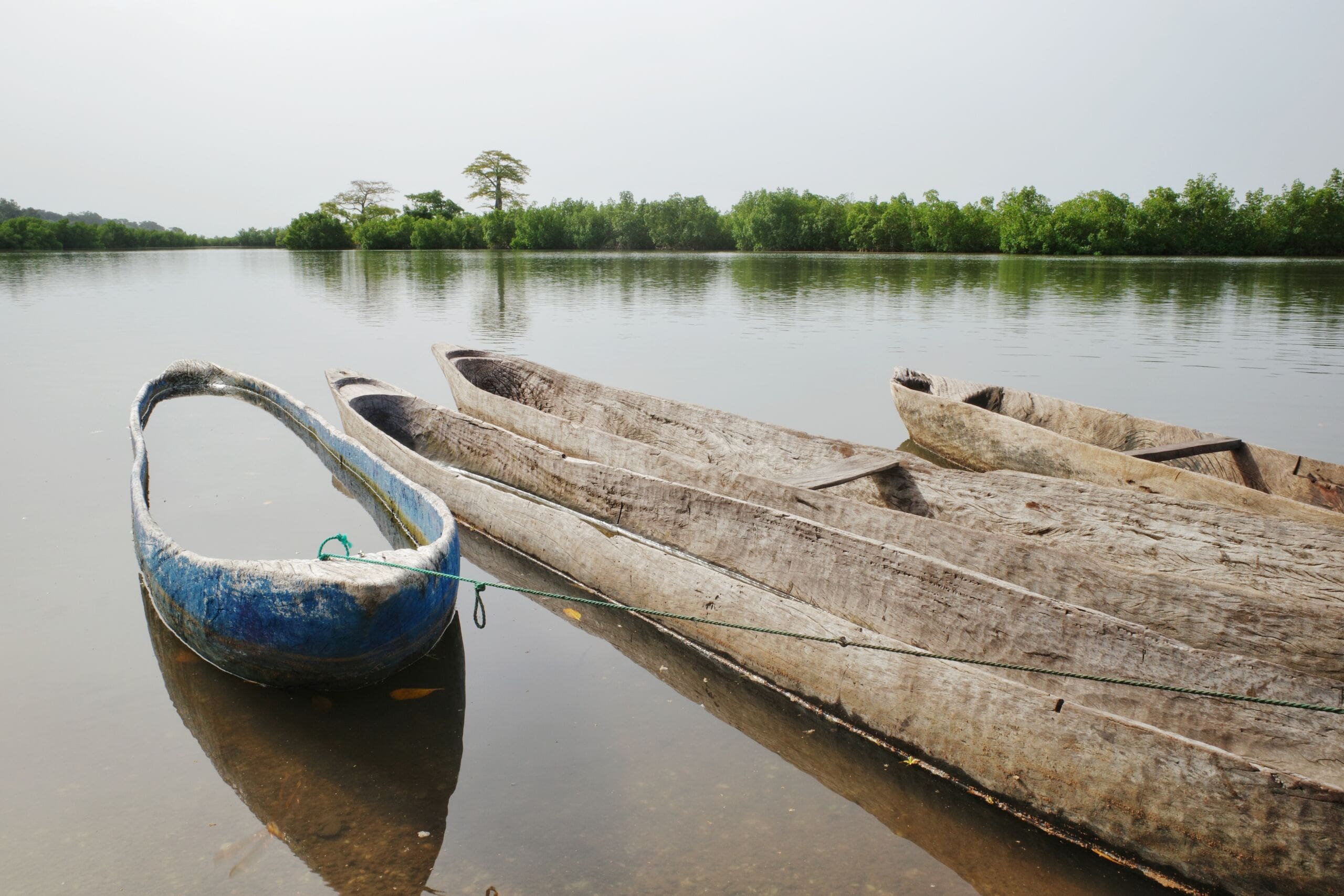
According to the Global Atlas of Environmental Justice, between 2010 and 2012, Senegal doubled the number of trawlers operating in its waters to 44 by approving permits for new EU and Russian vessels.
The government placed no legal limits on their catch, and the trawlers could fish in the central EEZ and Casamance River, a usually illegal practice.
Two years later, after protests by local fishermen, 29 of the permits were cancelled. However, during that time, the trawlers caught 125,000 tonnes of fish, amounting to half the catch of the entire local fishing fleet.
A 2023 report by the Environmental Justice Foundation stated that Senegalese fishermen saw their catch reduce by 58 per cent between 2012 and 2019.
“Have you seen our boats? They are seven meters long with single-line fishing nets,” said Siddi. “That’s normal. We catch 30 tonnes a month. Industrial fishing catches 300 tonnes a day. That’s the difference.”
Senegal’s fishing code allows the state to reserve EEZ areas for artisanal fishermen. However, according to a position paper by the Association pour la promotion et responsabilisation des acteurs de la pêche artisanale maritime, the government has never defined such an area.
A ripple effect
The waves created by industrial fishing in Senegal have forced fishermen to migrate illegally to Europe to try for a better life. But those who can’t go abroad must find an option within the country.
“Industrial fishing pushes the sea fishermen inland. They take the place of sea fishermen, and the sea fishermen want to take the place of inland fishermen.”
Kawawana volunteers said fishermen from outside can only find sufficient fish in protected areas, making APACs victims of their own success.
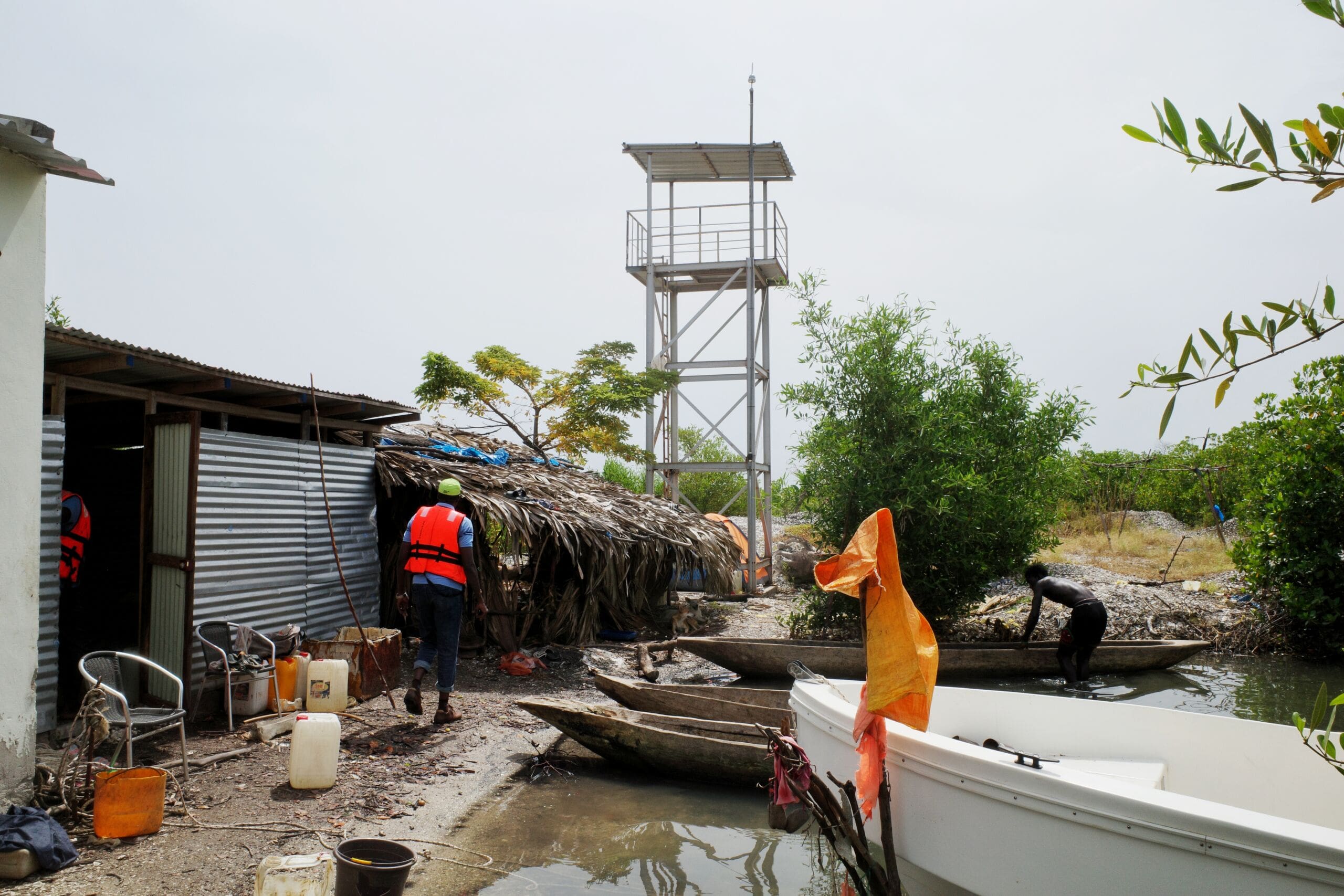

Siddi admitted the Kawawana’s relationship with those who come to fish there from elsewhere is strained.
“Whoever fishes here is because there are fish in our area. They feel bad when you tell them that their fishing methods are not authorized,” he said.
The young men stopped by the police and Kawawana volunteers will not have their boats confiscated, but depending on the breaches, a fine of 50 to several thousand West African Francs may be imposed.
In stopping the boat, Kawawama protected its resources but denied potential income to other poor fishermen.

